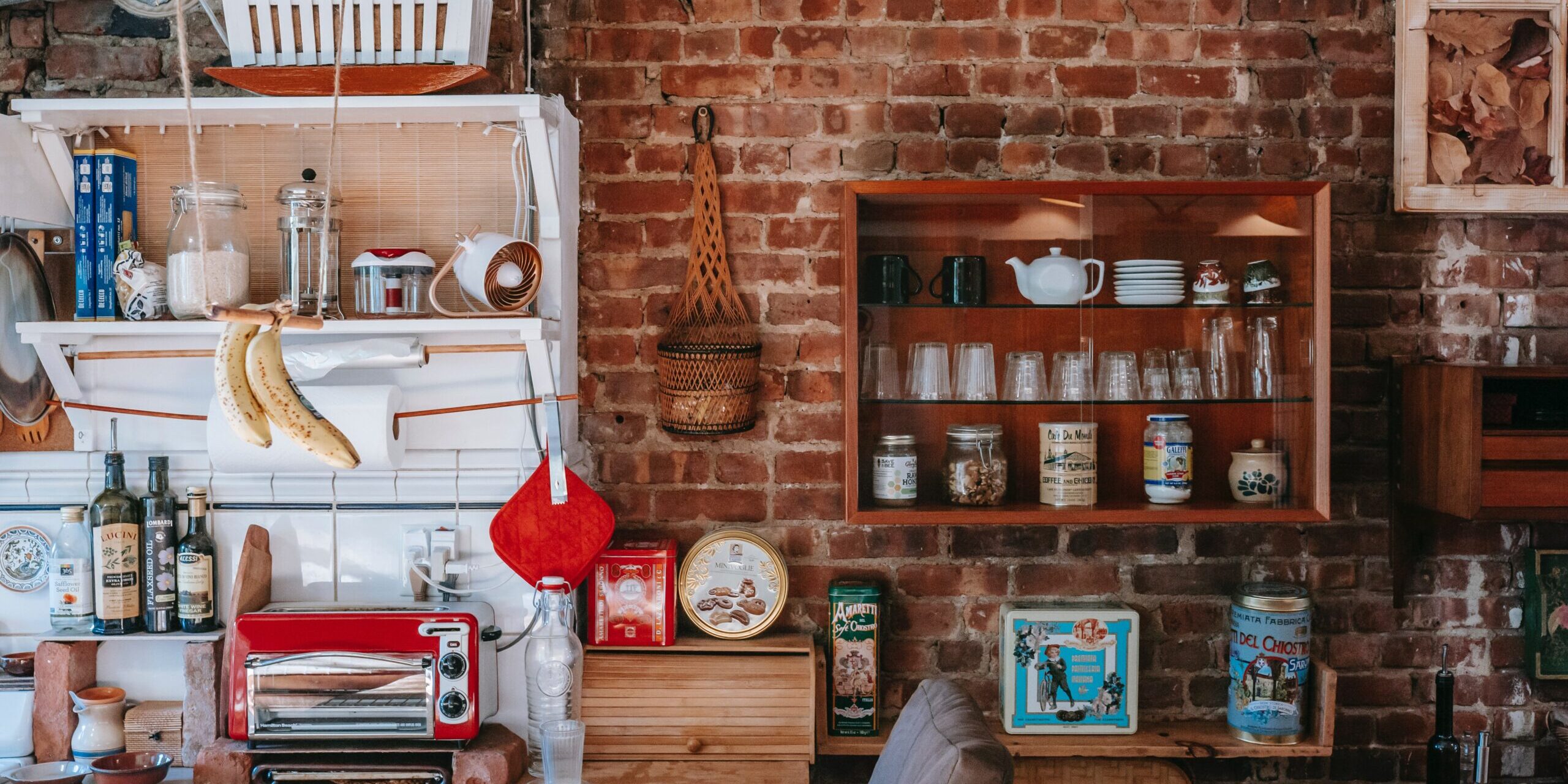Whether you are a professional chef, kitchen storage or just someone who loves to cook at home, there is likely something that you want to keep in your kitchen. Whether it is dishes, pots and pans or any other number of items, it is important that you find some kind of storage solution for them.
When it comes to storing stuff like dishes, you are going to need some kind of cupboard or cabinet. These are pretty straightforward, but there are a number of different kinds that you can choose from.
1.One type is the standard built-in unit that is attached to your kitchen counters. While these are convenient because they free up space on your countertops, they do take up valuable square footage. They are also typically attached to the wall, making it difficult for anyone who is shorter than average to reach the dishes or pots and pans.
2.Mobile kitchen cabinets that can be moved around on wheels are another option. These can provide you with the necessary storage space without taking up as much space as a standard built-in unit. Mobile units can also be placed on top of the countertops, providing you with a nice serving surface as well as storage space.
3.Another option is to get shelves that attach directly to your wall. These are great because they free up floor space and are typically easy to install. You can also get shelves that are portable, allowing you to move them around or just take them with you when you move.
If you have a lot of stuff to store, one option is to put up some peg boards on the wall. These are easy to install and can provide you with an incredible amount of storage space for your pots, pans and other kitchen utensils.
Another type of storage is pantries. These are typically large cabinets that hold dishes and food items. Having them in the corner of your kitchen rather than against a wall like traditional cabinets works great for home chefs who need to be able to reach into both sides when searching for something.
A large pantry is a great addition to any home. Who wants to have to climb over mountains of stuff just so they can grab a plate or pan?
Another popular kind of storage for kitchens is the island countertop. These are typically attached to the wall with a built-in sink, making them very convenient when it comes to washing dishes. This also makes them great for cooking because they allow you to reach the stove, garbage disposal and sink without having to run back and forth between appliances.
An island countertop typically provides you with some storage space as well, whether it is cupboards or shelves on one end of the unit or underneath the cabinet itself.
A kitchen island can also be used as a food preparation area, giving you the opportunity to work on the countertop itself or pull up a stool and sit down.
For those who love shiny new gadgets and appliances, there is another storage option: under-counter cabinets. Instead of putting your items on top of your counters where they can be knocked off, or in between cabinets where they can get lost, you can put them underneath the countertops. These are typically recessed into the floor, but some models actually come with doors.
As you can see there is not one kind of storage unit that will work for every person who wants to be able to store things in their kitchen. You can choose from a number of different cabinets, counters and other storage solutions to make sure that your kitchen is tidy, organized and functional.
Types of storage in Restaurant kitchen are mostly used to store utensils or materials. It can be classified into three types – hot, cold and dry food storage.
Hot storage includes the ovens, grills, stoves, heat lamps and other electrical appliances that are used to prepare hot food. Cold Storage is where ingredients are stored till they are required to cook or serve. Dry food storage includes items such as plates, glasses and cutlery.
Different types of storage in Restaurant kitchen are –
- Cold Storage: Cold dairy products, meat, poultry and seafood need to be stored at a temperature below 7°C (45°F) to prevent the growth of bacteria. The name ‘cold’ comes from the fact that this storage area is cold, not because there are no hot foods stored there.
- Dry Storage: Items such as plates, glasses and other kitchen supplies should be stored at room temperature between 4°C (39°F) to 60°F (16°C). You can find best places to store these items in article What are the best places to store kitchen supplies and pans and pots and cooking utensils.
- Hot Food Storage: The main problem with hot food storage is that bacteria grow rapidly at temperatures between 4°C (39°F) and 60°C (140°F). The restaurant industry standard for storing cooked food is 60°C (140°F). These services are based on the commercial kitchen which is much larger, with much more complex equipment.
One of the most common mistakes that people make in regards to storage is storing food close to or above room temperature. If you store your foods too close to room temperature, they run the risk of spoilage and pathogenic contamination.
Today we give you a lifehack article on the art of organizing kitchen cabinets. It is not hard to get an image in your head of how it should be done, but sometimes it might feel like your kitchen is too complicated for this kind of advice. Is ’till use Marie Kondo’s method from her book The Life-Changing Magic of Tidying Up to explain a simple method which you can use for organizing your kitchen cabinets.
Where should I begin?
How does Marie Kondo organize kitchen cabinets? Plan to store likes with likes and take everything out of the cabinet before sorting. Once all the things are on the floor, give every item a good look and decide whether or not you need it. If you don’t, Kondo recommends discarding the item right away to avoid putting it back in the kitchen cabinet again later.
What should I do with like items?
Marie Kondo’s trick is that she always tries to store things like things; towels together, dishes together etcetera. Once you have all like items and where they should be, you can replace the door of the cabinet and it will look nice and clean.
What do I need to take care of? Make sure that you don’t store fragile items together with heavy ones, as this might result in cracked dishes. Also, make sure that you properly wipe dry all plates before putting them away. This will prevent them from molding.
What items are less important?
Marie Kondo doesn’t advise cooking with the things that are stored in your kitchen cabinets. If you have spices, pots or dishes that you don’t use often, consider storing them in another place. This way you can clean up your kitchen cabinet without having to touch these items too much, which is less work.
What items are most important?
The best tip Marie Kondo has for organizing kitchen cabinets is to put the things you use daily in easy access. You can place them on top or at eye level so that you don’t have to take out too many things every time you need something. This way you keep your kitchen cabinet organized without spending too much time on it.





